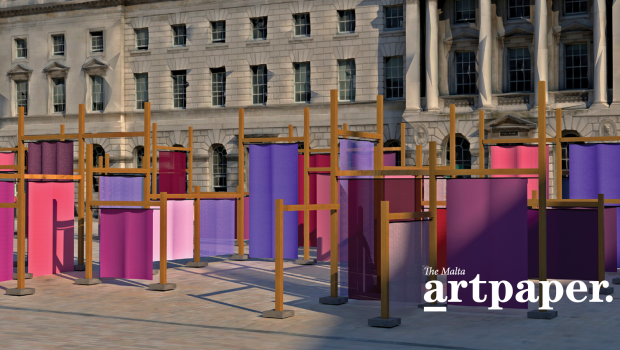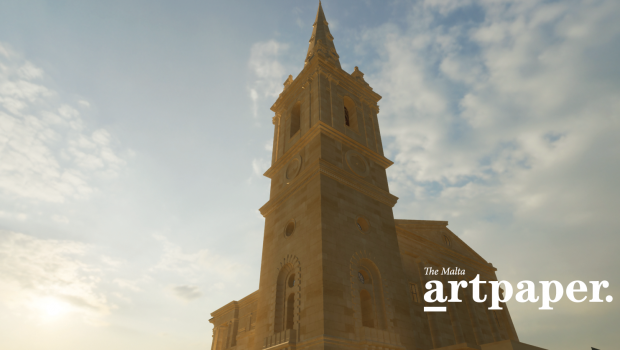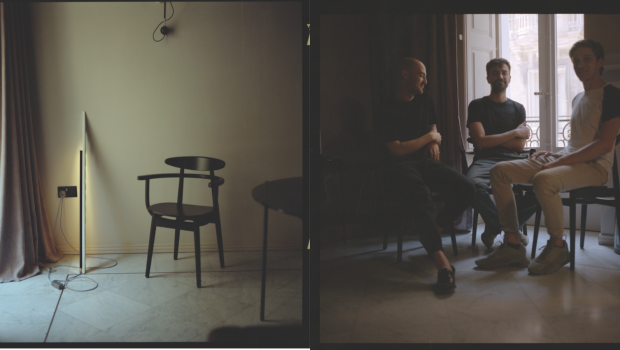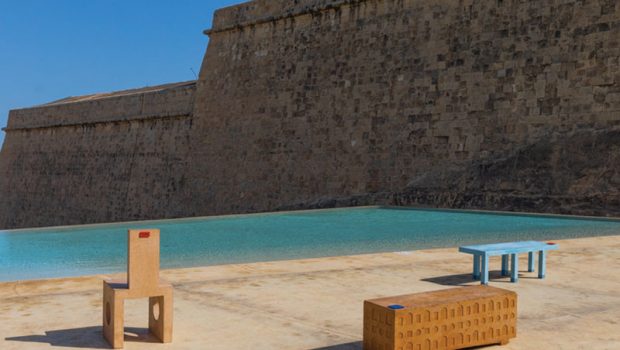What is our Mediterranean made of?
An attempt at outlining a decolonised approach to Maltese built and cultural heritage.
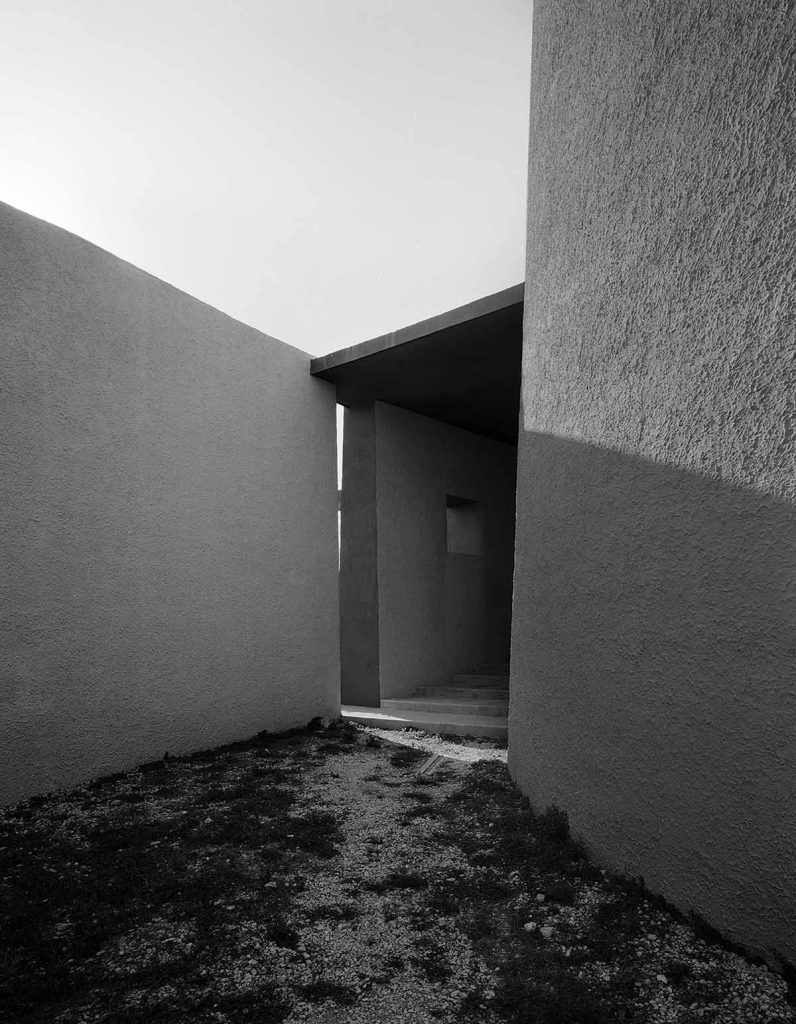
While speaking about the duality of his nature as a bilingual writer, acclaimed Maltese intellectual Francis Ebejer, at an academic conference in Venice in the late ‘80s, described the Mediterranean as “both a potent and turbulent influence” on the characters of his novels and, simultaneously, “an idea which stems from their very personality”. He explained it as something long-troubled, “forever reaching out to the desired syncretism: as perfectly joined a oneness as possible of the best of the old and the new; of tradition and progress, spirituality and material benefaction, technology and humanity […], racial and national divisiveness and friendship; wealth and humanitarian concern; man and woman”, tracing the most representative ambiguities which have been shaping the cultural identity of the islands and its built environment for centuries, in a rather intricately-layered manner.
Amongst these layers, one of the hardest to reckon with, seems to have been (and to still be) the recent past of Malta as a colonial outpost of the British empire, from 1800 to 1964. Since the conference attended by Ebejer in Venice over 30 years ago, and almost 30 years after the Maltese independence, other major forces such as consumerism and globalisation have swept the islands like an unforgiving Gregale, not sparing much of that vibrant post-colonial debate which produced most relevant works of literature, art and architecture. The wider meanings of these works and their very Mediterranean sophistication were the result of a rigorously reasoned juxtaposition of colonial past and present, in which the vernacular was tapped into as a source of stimulation for what today would be described as a ‘decolonised’ mindset – and of which, unfortunately, only very superficial qualities survive.
On the architectural scene, while Ebejer was writing one of his most successful novels, “In the Eye of the Sun”, and tackling many of the above-mentioned challenges, architect Richard England was designing and realising the church of Manikata (1962-1974), in a small rural village in the North of the island – intriguingly similar to the sets chosen by Ebejer for his stories. The project was influenced by the school of thought called ‘critical regionalism’, advocating adopting modern architecture while prioritising topography, climate and light rather than ‘scenography’, and it was therefore intrinsically and solidly grounded in the local context too. According to critic Chris Abel, greater emphasis was placed on the building as the “house of the community”, reflecting the local character and culture, rather than as the “house of God”, as it would have been expected. With its locally sourced limestone, its colour palette inspired by the nuances of the Maltese landscape and the organic shape perfectly integrating into it like a strange girna (a traditional Maltese hut) that has been there forever, the Manikata church qualifies as one of the best examples of post-colonial architecture representative of the quest for identity of its post-colonial society – at a point in time in which the latter was particularly aware of and reactive to its colonial past.
After the Manikata church was completed and until the end of the ‘80s, amid the evolution of Post Modernism, the debate on a potential ‘alternative contemporary Maltese architecture’ was still strong, together with a deep understanding of the British colonial attitudes towards the local built heritage, as witnessed by a number of projects and of publications in newspapers and journals. The artistic sector at large lived an unprecedented period of intellectual freedom, potency and experimentation until that proverbial wind of change picked up, towards the end of the century, sweeping the vernacular – meant as ‘counter-coloniser’ and ultimate source of independent artistic expression, in a corner where it would be almost forgotten, together with many elements of the Maltese Mediterranean culture of Semitic and Maghrebi origins.
The idea of the ‘Maltese Mediterranean’ as a happy symbiosis between the peculiar mixture of Latin, Maghrebi and Anglo-Saxon cultures has been conflicting with the ubiquitous and flattening conformism required by the predominant cultural and economic systems that enriched the islands during the past 3 decades, and which would require a much broader analysis, also in relation to the wider European context that Malta is part of.
The interest in the debate on post-colonial issues has recently been renewed by a few publications and research-based initiatives, such as the book “Decolonising the Maltese Mind” by Charles Xuereb. As the author writes in the introduction, the way forward to a decolonised mindset is dialogically and polyphonically. In this spirit, a collective and highly critical reassessment of the metamorphosis of Malta from periphery and bastion of the Christian Catholic world into British colony, and most recently into young European nation, at the border once again but with a chance of emancipation from the tyranny of the centre, could generate a new and decolonised perspective on the current state of the built and cultural heritage. This is the ultimate sine qua non condition for the development of a much needed fresh and original outlook on the Maltese Mediterranean vernacular, beyond its most elementary understanding, and the most common stereotypes that it produces.

